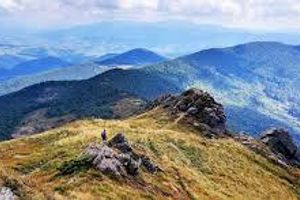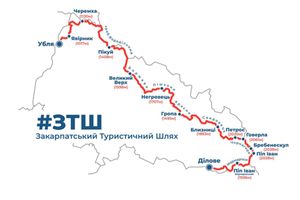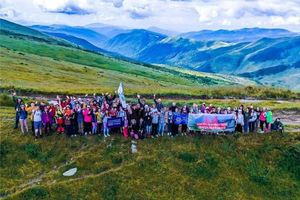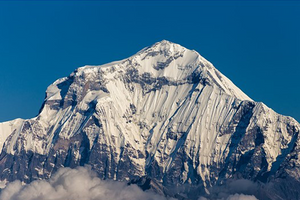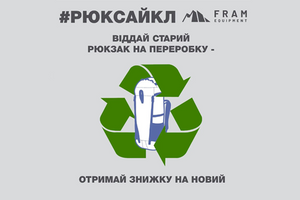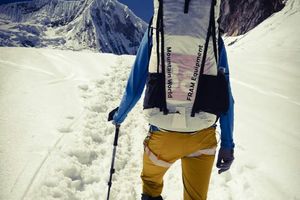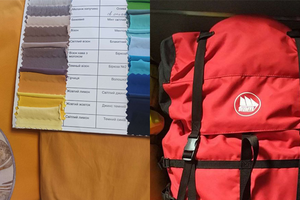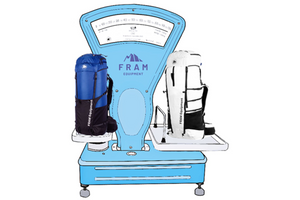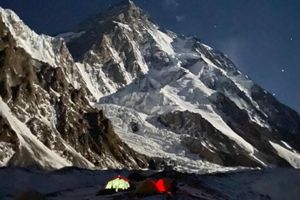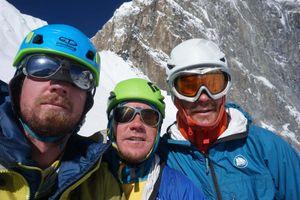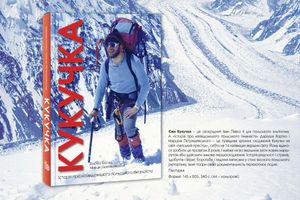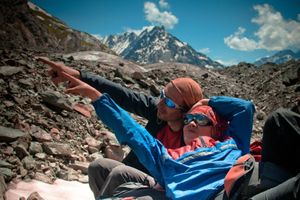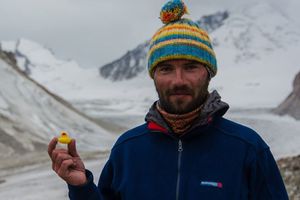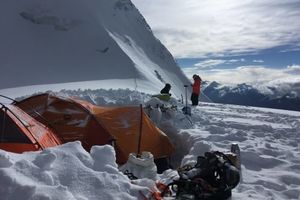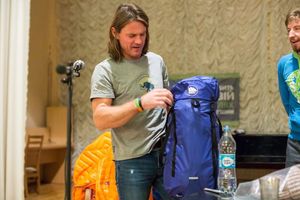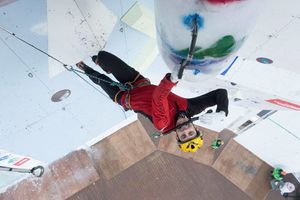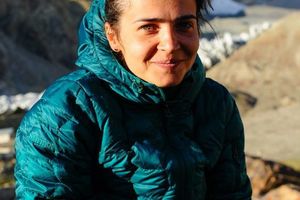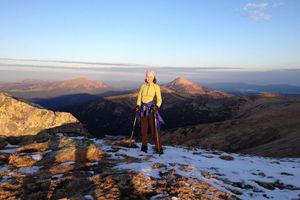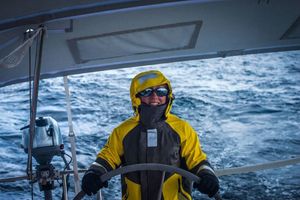Where can a girl and her friend go for a short getaway to "clear their heads" in the mountains of Europe? This is another common question lately.
As much as we talk about "going full throttle," the objective reality is that you can't go without a break for too long. And since we make gear for those who love the mountains, the conversation about rest will be centered on different European countries.
We'll discuss easy routes that can be completed alone, as a pair, or with a small group. In some cases, these can be done with children, where they might actually enjoy hiking rather than just playing in a mountain setting.
Many Ukrainians have been scattered across the world. It turns out that the world tolerates and supports travel almost anywhere, even close to home on the weekends. You don’t necessarily have to go to the Lycian Way or follow the Way of St. James. The European Union strongly supports the creation of local landmarks and tourist attractions, and marked trails are present in almost every region, especially where there’s anything scenic.
For example, take the Czech initiative "Educational Trails" (naucne-stezky.cz). This is a network of well-organized short routes around the country that beautifully present scientific facts about the area. It's very convenient for school trips or family walks. No difficulties, and the opportunity to engage children with various quests or tasks. These walks can take from a few dozen minutes to half a day.
But that would be too simple.
Let’s talk about weekend routes. It turns out that almost every country has its own local tourist club or similar public organization (for example, the Polish Tourist Club). These organizations create and maintain marked trails.
These could be weekend routes around the nearest city or well-marked and described routes that stretch across the entire country, divided into stages for partial completion and collecting experiences. This has naturally boosted the local service industry—campsites, shelters, and cafes specifically built for such travelers. A very strong initiative is the Czech project "Bez Kempu" (bezkempu.cz), where any landowner can equip and rent out their plot for travelers to stay overnight.
As an example of national routes, let's mention the epic website of Sentiero Italia: https://sentieroitalia.cai.it/. Just click the "Map" button to grasp the scale.
No, you don’t have to walk the entire trail. In fact, it’s not realistic for most people with limited time. However, there are collectors of trails that span thousands of kilometers. Everyone can find something for themselves in these hikes.
Another example is the well-known MTB trail around Mont Blanc. A route that passes through three countries in a very developed area. But that's mainstream.
There's a more comprehensive Via Alpina, a trail that crosses all the Alps—and they're long! Each stage is described in every country! https://www.via-alpina.org/
One of the most enjoyable aspects of traveling such trails is that you choose how you want to go.
You can select the most remote places where you won’t meet anyone, and solitude will be rare. Or, on the contrary, these are great places to meet new people. And since you've chosen to hike there, you're bound to meet people with similar interests.
To get a sense of the scale of these adventures, check out the standard trails from the European Ramblers Association: https://www.era-ewv-ferp.org/e-paths/. They are systematically trying to create trails.
Sometimes, though, these can be private initiatives. The famous Lycian Way was created and described by one woman, Kate Clow, and later marked with the support of a bank.
By the way, a great way to make your mark in history is to create a marked trail around your own area. At the very least, there’s experience from the "Carpathian Trails" in Ukraine, with routes equipped by them.
And back to the question of "what else to do over the weekend." There's an option for the more advanced—Via Ferrata. These are equipped routes on cliffs, allowing you to experience height even with minimal experience. Yes, you’ll need some gear—harness, helmet, and safety lanyards—but it’s also very satisfying. Especially when you don’t have a climbing partner for rope climbing. Ferratas start with easy categories (A-B), where you walk on your feet, occasionally clipping into handrails, and go up to difficult ones (C-E), where the challenge is real. In any case, Ferratas are a great way to spend time in the mountains with minimal preparation and in relative safety.
Wherever you are, getting out into nature is the best way to clear your head of unnecessary thoughts and information that’s weighing you down. Or, conversely, it’s a great opportunity to think and recharge for something important.


























